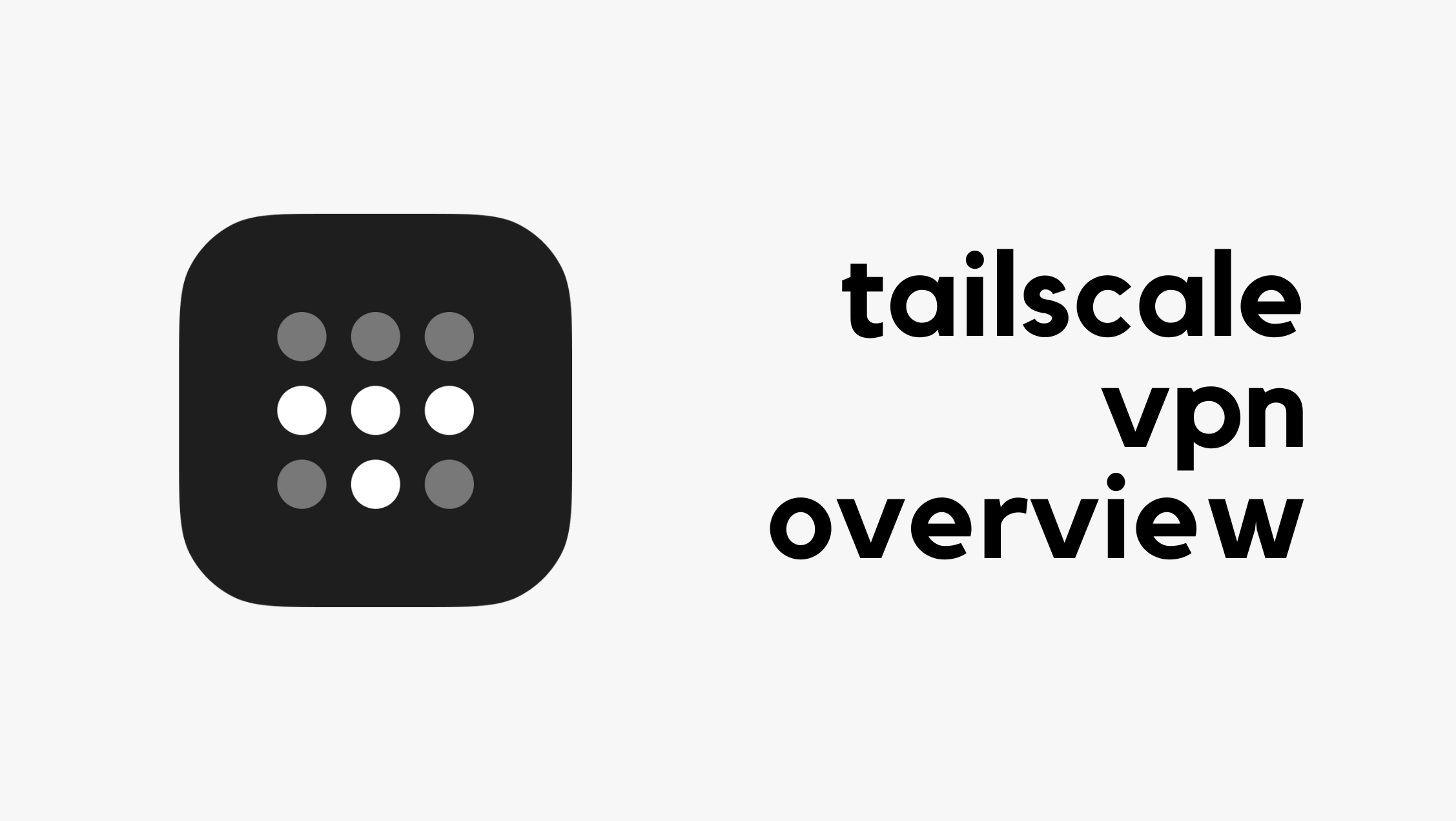Faster, Smarter, Cheaper: The Networking Revolution Powering Generative AI
AI models have rapidly evolved from GPT-2 (1.5B parameters) in 2019 to models like GPT-4 (1+ trillion parameters) and DeepSeek-V3 (671B parameters, using Mixture-of-Experts). More parameters enhance context understanding and text/image generation but increase computational demands. Modern AI is now multimodal, handling text, images, audio, and video (e.g., GPT-4V, Gemini), and task-specific, fine-tuned for applications like drug discovery, financial modeling or coding. As AI models continue to scale and evolve, they require massive parallel computing, specialized hardware (GPUs, TPUs), and crucially, optimized networking to ensure efficient training and inference.



